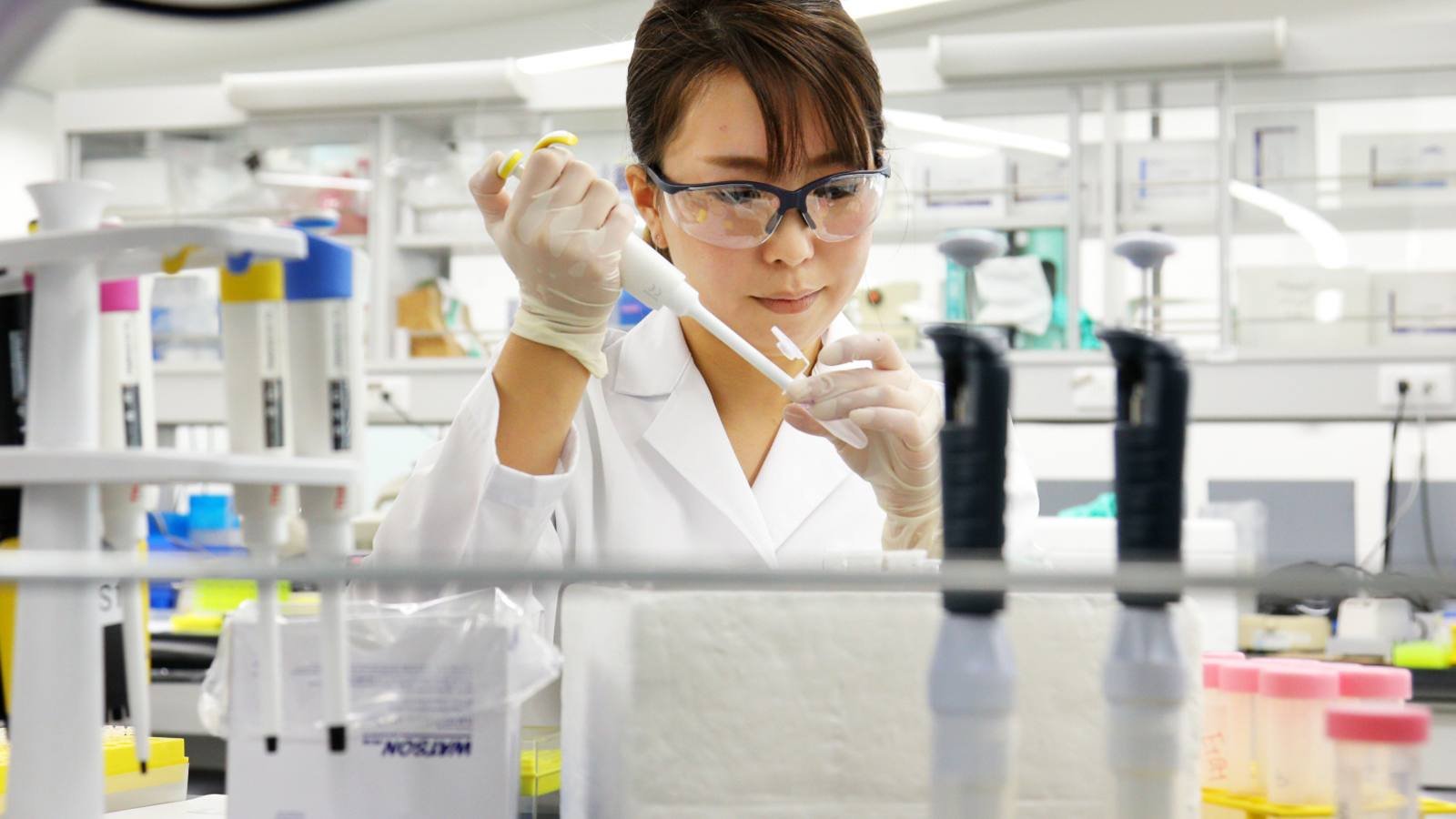
image credit- shuttershock.com
Hitachi Chemical Advanced Therapeutics Solutions, LLC, a US subsidiary of Japanese firm Hitachi Chemical Co., Ltd. that engages in contract manufacturing and manufacturing development of cell therapy products, and Ori Biotech Ltd. (Ori), an innovator in cell and gene therapy (CGT) manufacturing have entered into a joint development agreement to develop and commercialize technology solutions specific to the CGT industry. Combining HCATS’ decades of experience in manufacturing and development with Ori Biotech’s proprietary technology platform and innovative approach allows both parties to better address the increasingly critical manufacturing needs of CGT developers.
“We are very excited to announce our collaboration with Ori Biotech,” said Robert Preti, Ph.D., President and CEO HCATS, General Manager, Regenerative Medicine Business Sector, Hitachi Chemical. “Using our 20 years of manufacturing experience to help advance Ori’s novel technology furthers our leadership in addressing the industry’s manufacturing challenges and accelerates the process of delivering our clients’ therapeutics to patients in need. We look forward to partnering with Ori and are confident this collaboration will help drive innovation throughout the industry.”
“Our partnership with HCATS provides us an exciting opportunity to further develop and tailor our innovative CGT manufacturing platform technology for use in the real world,” said Jason C. Foster, CEO of Ori Biotech. “Leveraging HCATS longstanding experience in cell and gene therapy manufacturing helps us progress our technology much faster than we could on our own as we both work to bring the next generation of manufacturing solutions to market. Partnering with such a renowned and experienced contract manufacturer will help demonstrate the potential of our platform to address the significant challenges in large-scale production of these life-saving therapies.”




